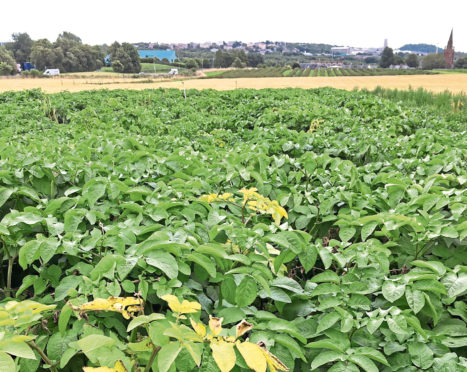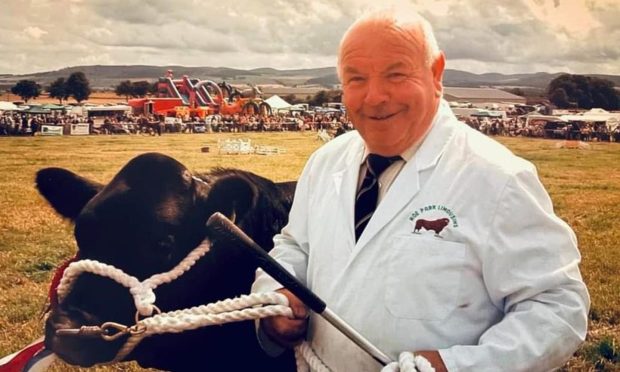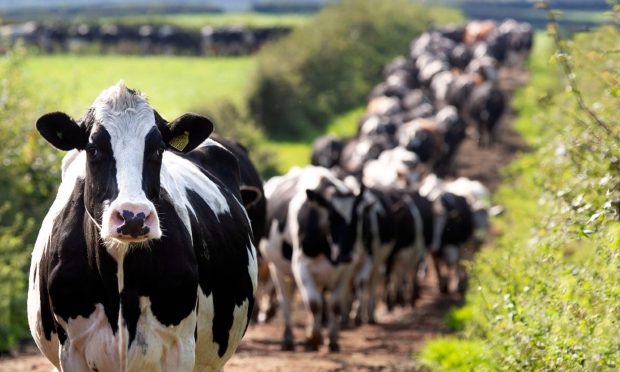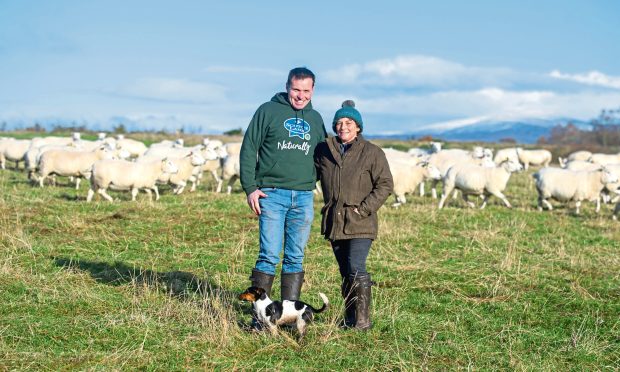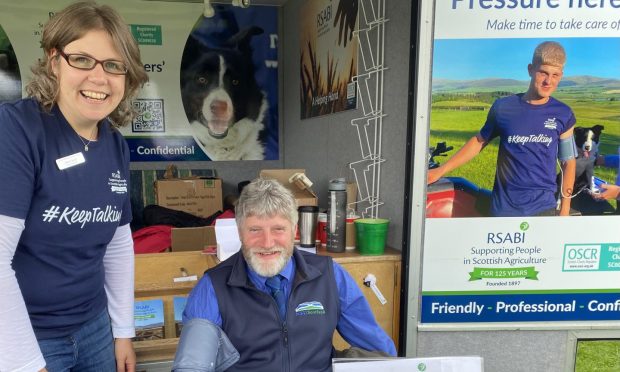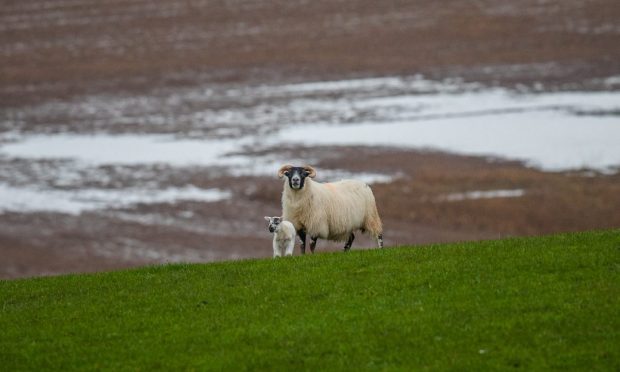Blackleg, the disease which is estimated to cost the UK potato industry £50 million annually, is under the microscope of the country’s top researchers.
Scientists at Invergowrie’s James Hutton Institute (JHI), together with researchers at the universities of Dundee, Durham, Glasgow, Newcastle and Strathclyde and others, are working to understand the interaction between blackleg and nematodes in a £2m project.
Project leader Ian Toth of JHI believes there is a chance of making a “step change” in the way the disease is managed.
“Blackleg that appears in a ware crop may not necessarily be due to the contaminated seed, but to infection directly from the environment; something that could be managed at a local level rather than just with the seed producer,” he said.
Previous research has shown that when free-living nematodes are present in soil, a significant increase of blackleg-causing bacteria occurs in the stems of potato plants, highlighting an important association between these two groups of organisms.
Prof Toth acknowledged there is a knowledge gap in the management of the disease.
“We wish to address it by characterising the identity and distribution of free-living nematodes but also microbial communities, and the ways in which they associate and interact with the blackleg pathogen through changes in factors such as irrigation and use of cover crops,” he said.
“We also want to identify how and where infection takes place, and whether the management of nematodes or use of biocontrol agents derived from changing microbial communities might help to reduce blackleg infection.”
Recent modelling using the Scottish Government’s in-house potato inspections database shows that blackleg incidence on a national scale does not occur randomly, but in clusters.
Another aim of the project is to identify trends and drivers of blackleg incidence and produce predictive models to develop a set of decision support tools for growers.
Prof Toth said: “We aim to quantify the predicted effects of climate change on future blackleg incidence in association with free-living nematodes, cover crops and a range of other factors including soil moisture and planting and harvest dates, thus providing the industry with data to underpin their sector resilience planning.”
Industry partners in the project include Bayer Crop Science, SA Consulting, Scottish Agronomy, SoilEssentials and the Scottish Government through SASA.
nnicolson@thecourier.co.uk
